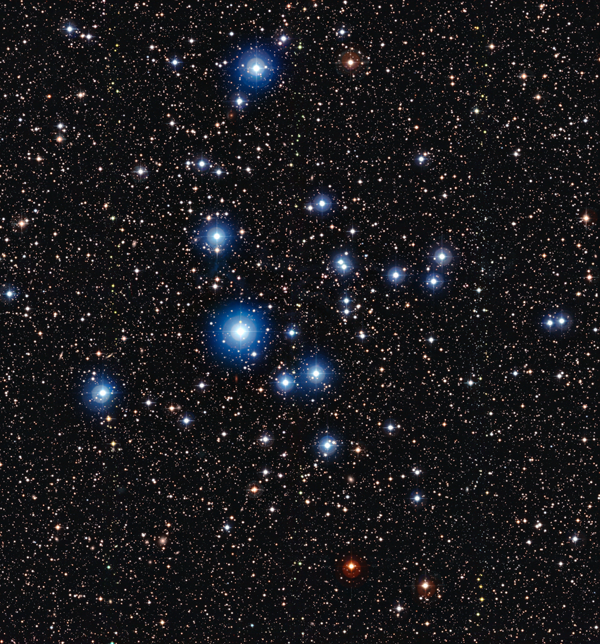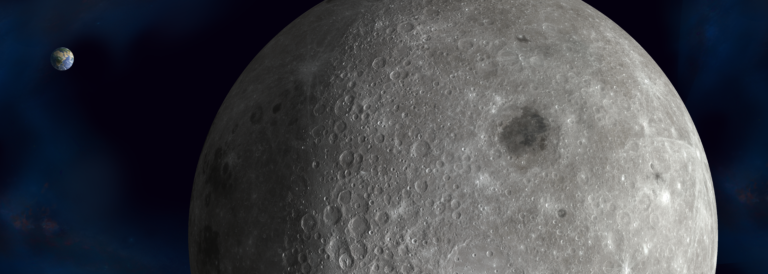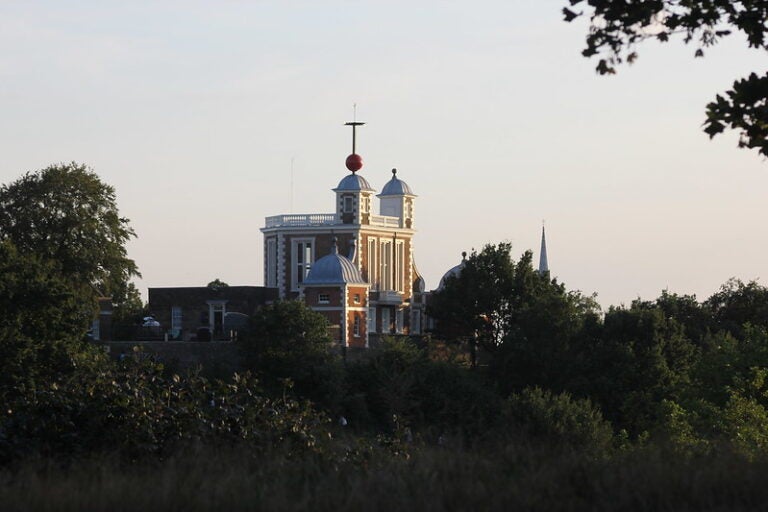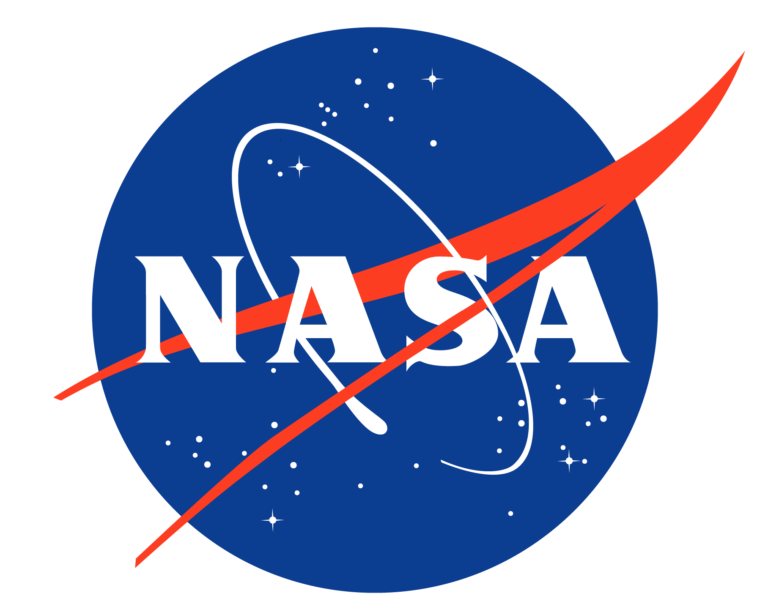The cluster in which our Sun formed dissolved billions of years ago, and the Sun’s siblings — about 10,000 of them — are now spread throughout the Milky Way, a galaxy of at least 100 billion stars. Despite this difficulty, we have identified a few solar sibling candidates within a few hundred light-years of the Sun using chemical composition analysis. Once their present-day orbits around the galaxy are determined, astronomers can determine their place of origin by calculating the stars’ trajectories backward in time 4.5 billion years, which is the Sun’s age. In these calculations, all true solar siblings will have trajectories that bring them back to the same location.
The orbit calculations are uncertain because we don’t know exactly how mass is distributed in the Milky Way and how that has changed over such a long period of time. The Sun has orbited the Milky Way’s center about 20 times, each time passing through spiral arms, whose detailed properties are also uncertain.
Although the task seems insurmountable, astronomers are hopeful that within a few years, we will have enough data to find and characterize about 10 solar siblings out of a sample of a billion Milky Way stars. We are confident that once a significant number of solar siblings are identified using chemistry, a statistical analysis of their past orbits will allow us to calculate more precisely the original location of the Sun’s birth gas cloud, a key piece of information for investigating the conditions in which our star and planet formed.
Ivan Ramirez Carrascal
Professor of Astronomy,
Tacoma Community College,
Gig Harbor, Washington










